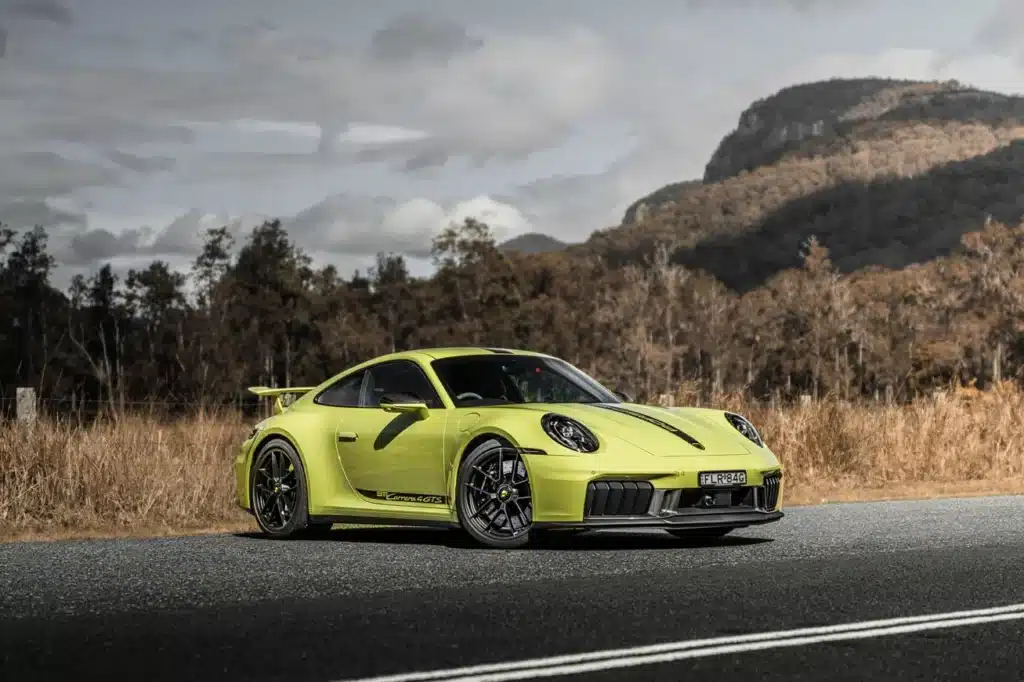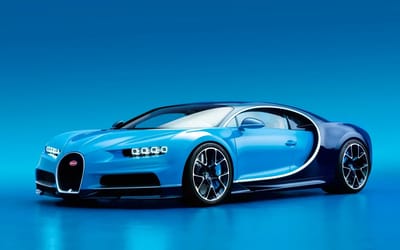Porsche’s first hybrid 911 could’ve ruined an icon, but here’s why it didn’t
Published on Aug 11, 2025 at 10:03 PM (UTC+4)
by Callum Tokody
Last updated on Aug 18, 2025 at 3:01 PM (UTC+4)
Edited by
Tom Wood
The Porsche 911 Hybrid Carrera GTS marks a major turning point for one of the world’s most recognisable sports cars.
It is the first time a road-going Porsche 911 has paired its flat-six engine with electric motors.
The result is 398kW, 610Nm, and a 0–60mph (0–100km/h) sprint in three seconds flat.
This change alters how the 911 delivers its performance, yet leaves its driving character largely untouched, something many did not expect to say about a hybrid.
VISIT SBX CARS – View live supercar auctions powered by Supercar Blondie
Porsche 911 hybrid performance and design
At the centre of the 911 hybrid is a 3.6-litre twin-turbo flat-six supported by two electric motors.
One is mounted in the eight-speed PDK gearbox to add torque at low speeds, while the other powers an electric turbocharger to reduce lag.
A 1.9kWh battery sits ahead of the front axle, adding around 50kg (110lb) to the weight of the previous Carrera GTS.

The combination delivers consistent acceleration, reaching 60mph (100km/h) in 3.0 seconds with throttle response that feels immediate in all conditions.
Steering precision and chassis balance remain consistent with the petrol-only Porsche 911, and the hybrid system stays unobtrusive until extra performance is required.
The exterior retains the familiar Porsche 911 shape with changes such as active cooling flaps, revised air intakes and new matrix LED headlights.

Inside, the layout is still driver-focused with a 12.6-inch digital instrument display and 10.9-inch central touchscreen.
Porsche has also removed the last analogue element from the gauge cluster, the central rev counter, replacing it with a fully digital version.

Another change sees the traditional ignition toggle replaced with a push-button start.
These are among the smaller changes in the broader update but some owners value the tactile feel of these controls and will notice their absence.
Build quality remains in line with Porsche’s reputation, but the optional rear seats are still best suited to occasional use or luggage.
Carrera GTS in the age of the hybrid
The 2025 Porsche 911 hybrid Carrera GTS lands in the same performance territory as mid-engine rivals such as the Ferrari 296 GTB.
These cars share their hybrid approach, using electric assistance for sharper response and stronger acceleration rather than for efficiency gains.
Their 0–60mph (0–100km/h) times are closely matched, putting the GTS firmly in supercar company.

Its upgrades, including tuned suspension, powerful brakes and supportive seats, are focused entirely on driving performance.
The options list exists for personalisation rather than to make up for missing essentials.
For decades, Porsche 911 purists argued that the car should stay exclusively powered by a flat-six petrol engine.
The arrival of the 911 hybrid could have been the moment it all went wrong.

Instead, the Carrera GTS T-Hybrid shows that this technology can be used not to tick a regulatory box but to make the car sharper and more adaptable.
The added performance is noticeable everywhere, from quick bursts on a back road to lap-after-lap consistency on a track.
The fact that it still feels like a Porsche 911 means it has sidestepped the fate many feared, proving that sometimes progress does not have to be at the expense of character.
DISCOVER SBX CARS: The global premium car auction platform powered by Supercar Blondie
Callum Tokody is a content writer at Supercar Blondie, where he covers the latest in the automotive world with a focus on design and performance. With a background in automotive journalism, he has contributed to a range of publications in Australia and the UK. In addition to his writing, Callum also heads up PR and communications, helping to build and strengthen partnerships within the industry. Outside of work, he’s a design enthusiast with a soft spot for anything with a V8 and a good story.




